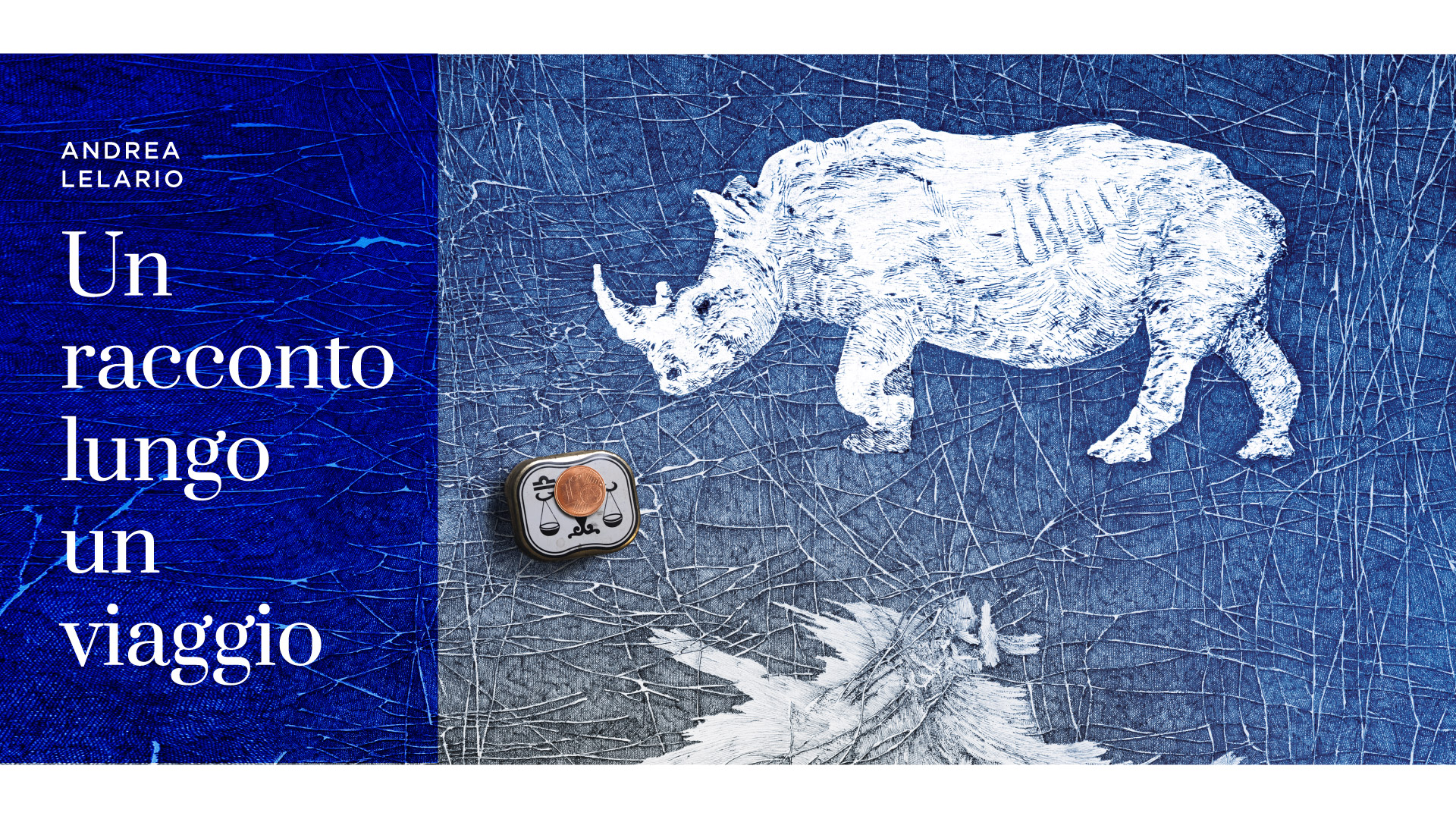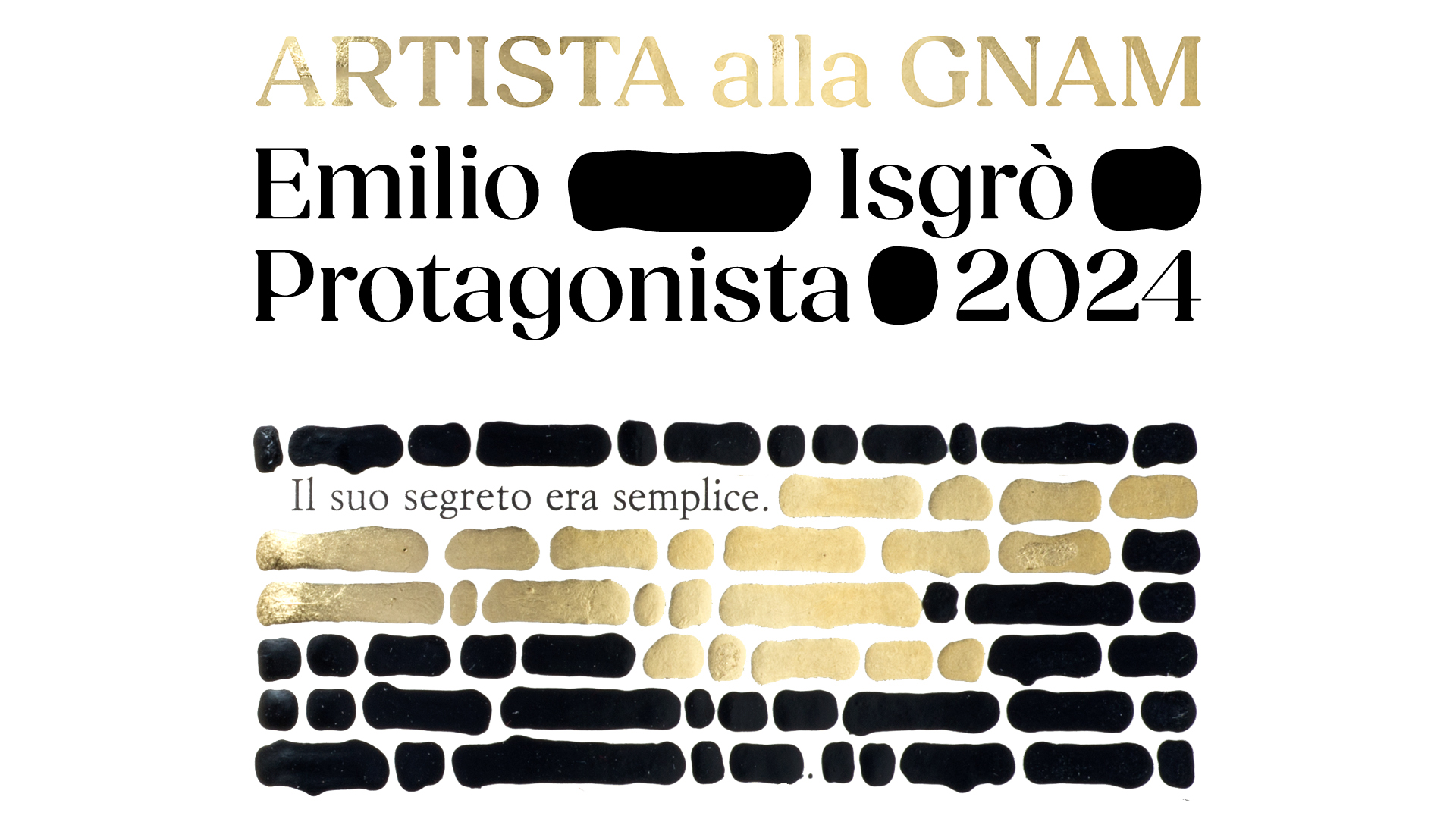True / Plausible
“I would like to be able to cause a few tears being shed…”. This is what Domenico Morelli wrote to his fiancée Virginia Villari the moment he had just begun to compose the painting Cesare Borgia, after the siege of Capua, of which the Galleria Nazionale exhibits a large preparatory cartoon. Moving his brush across the canvas from the background of crenelated walls, Morelli sets the scene in the backlight of the basement of the castle in which Duke Valentino is about to select forty women: the spoils of war of the victorious French over King Frederick I of Aragon.
He draws the drama of the female victims of the grim sixteenth-century episode from Book V of Francesco Guicciardini’s History of Italy, while it is from the English poet Lord Alfred Tennyson that he takes inspiration for the Gothic legend of Lady Godiva: accepting a challenge from her husband, the countess rides through the city of Coventry on horseback, covered only by her long hair, so that its citizens may be exempt from a heavy tax that would lead them to starvation.
An object of desire, but also an instrument of powerful seduction, the female body is the absolute protagonist of Morelli’s imagery, as we can also see in The Temptations of St. Anthony: a painting with a complex gestation and executed in two versions – before being displayed at the Universal Exhibition in Paris in 1878 -, the various creative moments of which can be retraced in the Galleria Nazionale’s drawings.
The inner turmoil expressed by the figure of the coenobite saint is echoed in other conflicts – from the Expulsion of the Saracens designed for the curtain of the Giuseppe Verdi theatre in Salerno, to Jesus drives the merchants out of the Temple -, for the rendering of which Morelli relies on the verisimilitude of the oriental costumes, carefully studied, but not from life.
It is an Orient also re-created through the suggestions of the Spanish painter Mariano Fortuny y Marsal, whom the artist admired and who was in Portici in the summer of 1874. The Maiden with a Fan by Paolo Vetri, Morelli’s pupil and brother-in-law, depicts against the background of a Moorish setting, and within a symphony of Japanese-style whites, the face of a woman devoid of any idealisation and perhaps similar to the Gypsy he presented at the National Exhibition of Fine Arts in Turin in 1880.



